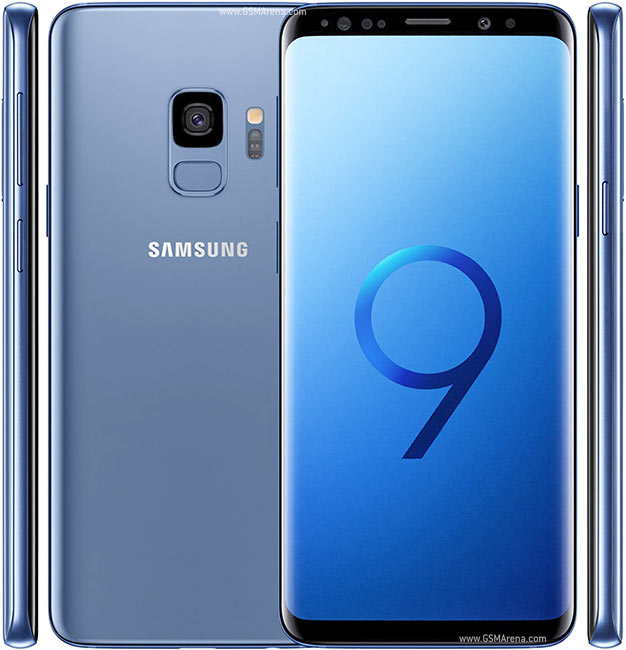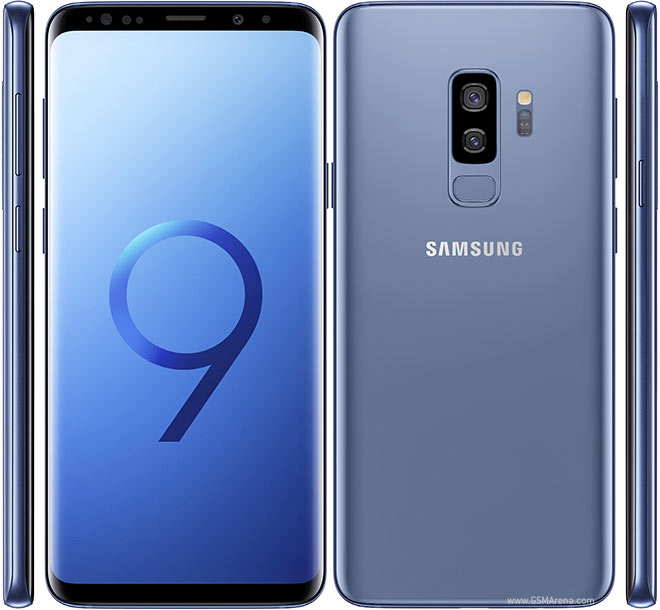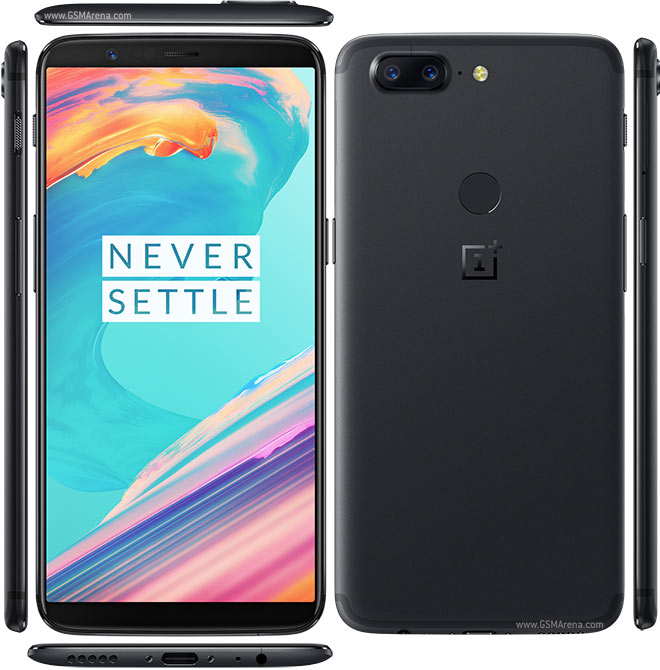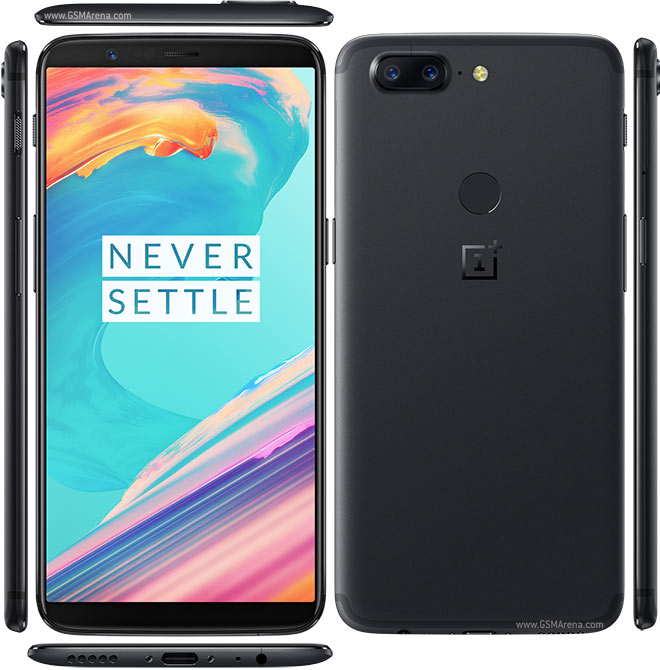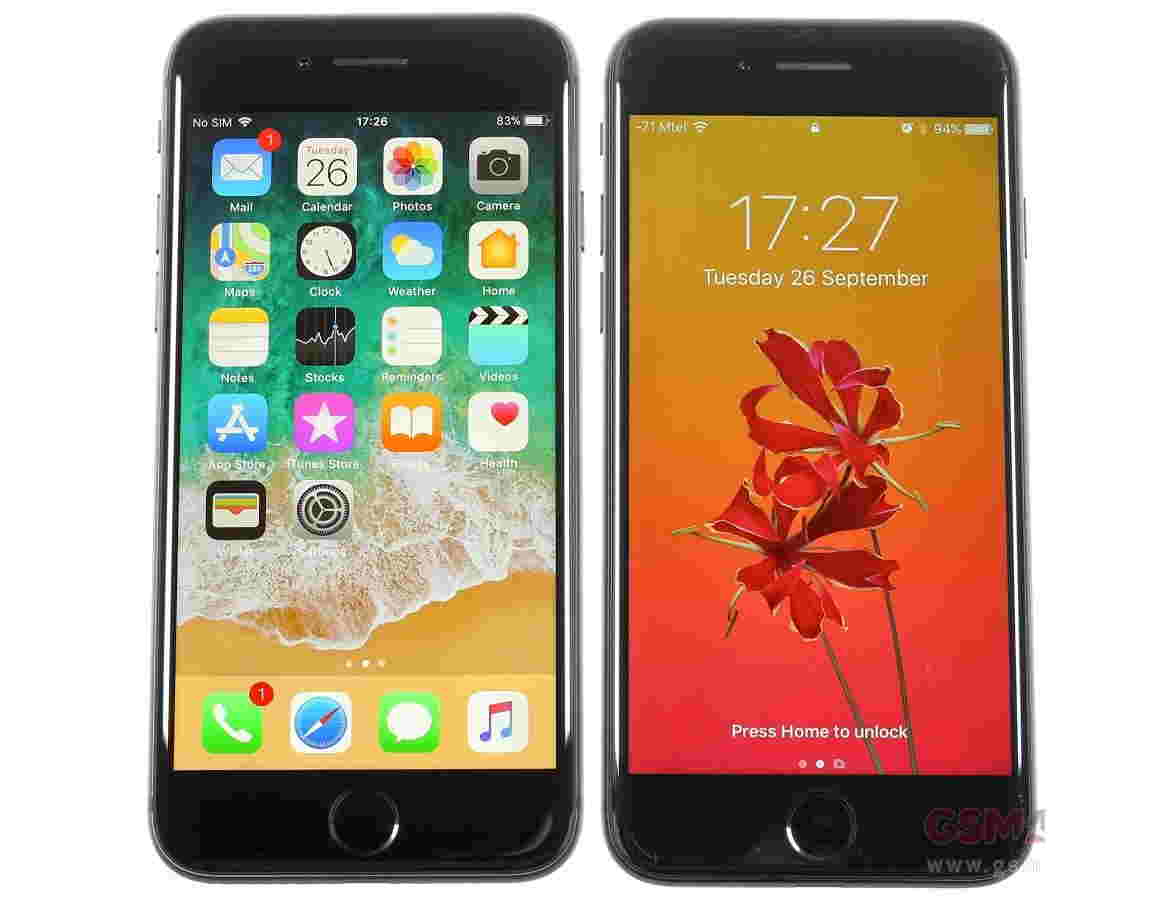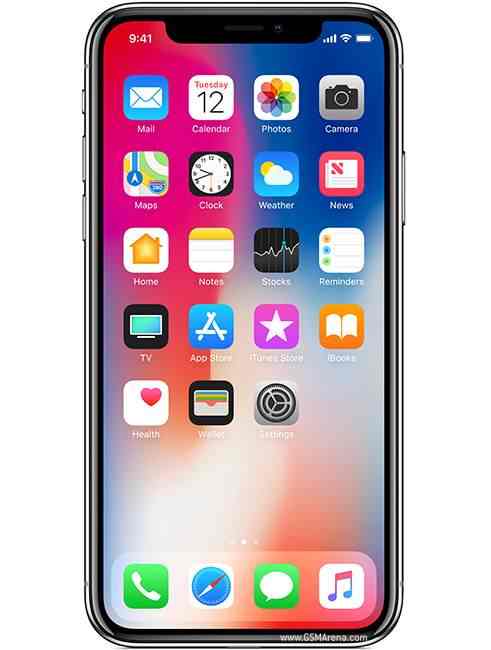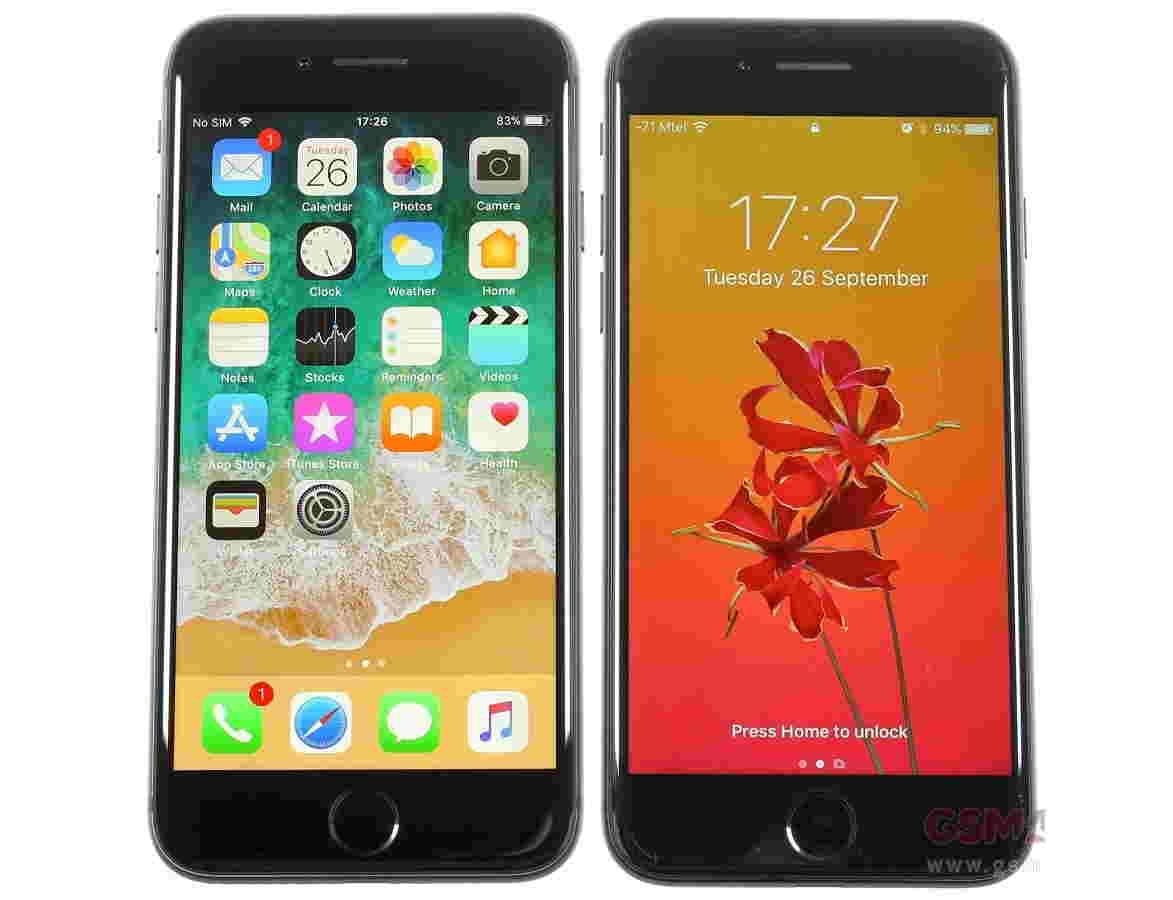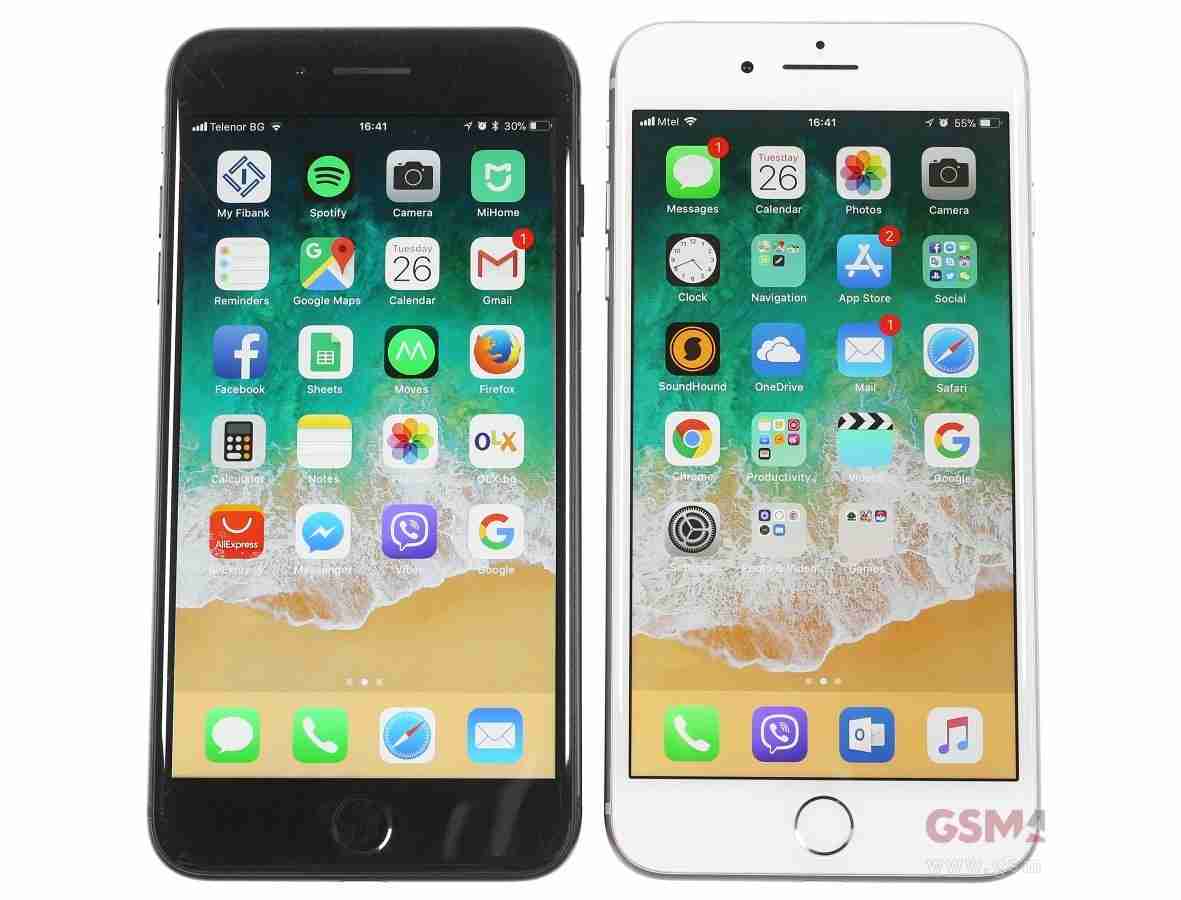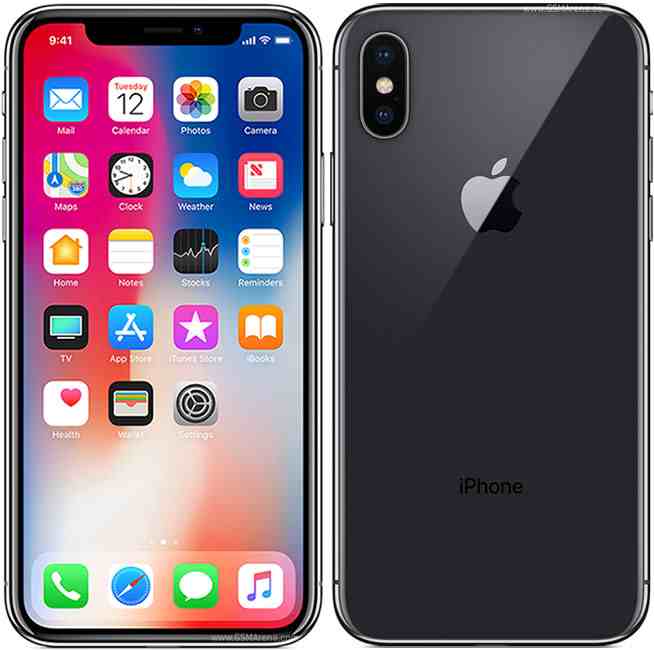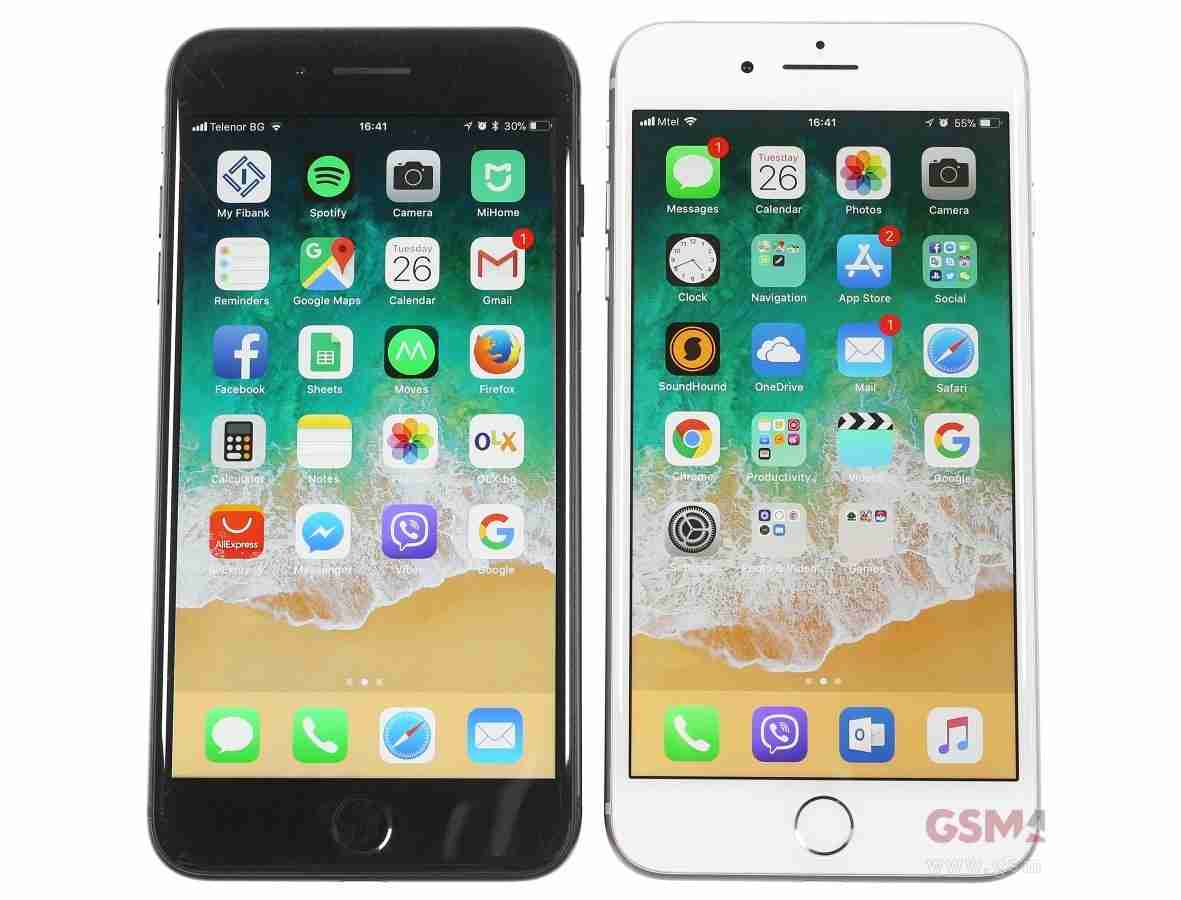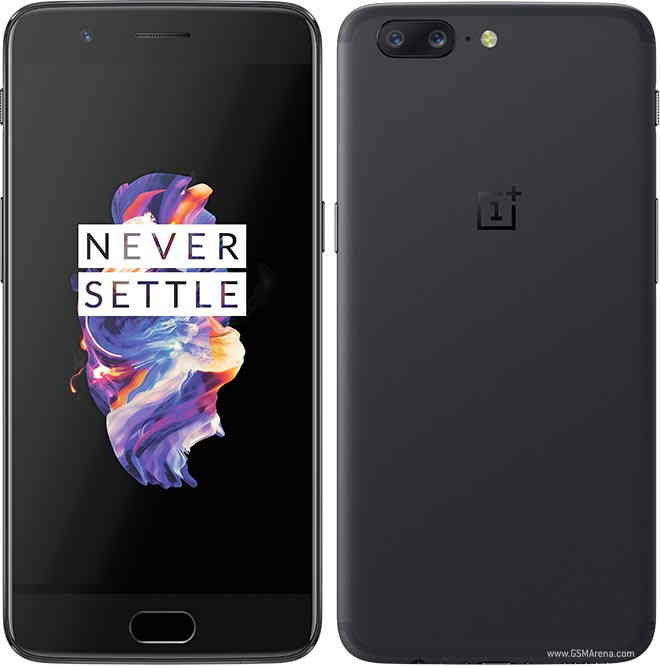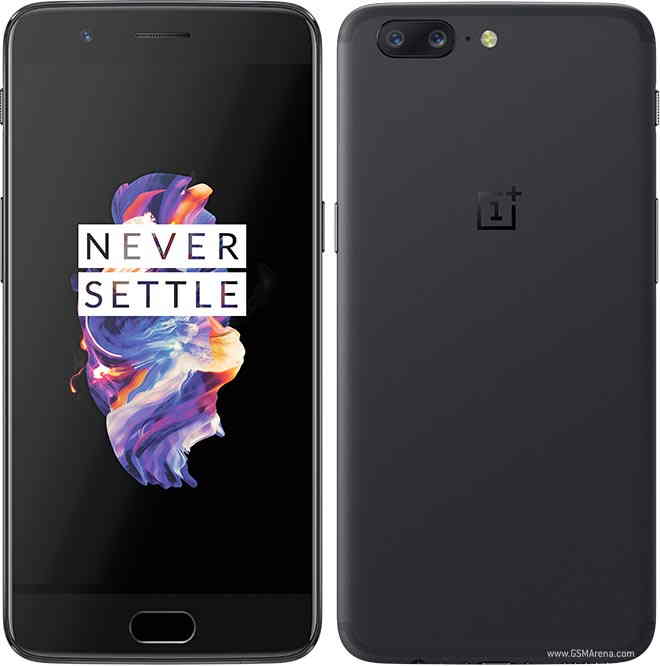
Microsoft has unveiled Windows 10, making available a 'Technical Preview' which is available to anyone who wants to download and try it. Here's everything you need to know about the Windows 10 UK release date, price and new features including the return of the start menu, multiple desktops, Cortana and more. See also: Windows 10 launch as it happened.
Windows 8 has not been a universal success. In many ways a necessary step not well executed, Windows 8's attempt to stitch together desktop and mobile has been way too radical to encourage new users. And as the longer life of existing PCs and laptops combines with the growth of smartphones and tablets to continually slow PC sales, Window 8 has come to be seen as a dud. See also: Windows 10 review.
This means two things: a new and improved Windows in the fastest possible time and - oddly - a jump in numerals to Window 10.
Windows 10: UK release date
Microsoft has stated that Windows 10 will launch "later in the year" in 2015, so we won't get the April release we were hoping for. But it has also said that it will share more about "universal apps" at its annual Build conference next April. The Technical Preview licence runs until April 15 2015, so expect a more complete beta then.
Kevin Turner, Chief Operating Officer at Microsoft said: "By next late summer and early fall we'll be able to bring out this particular OS (operating system). That's the current plan of record," according to Reuters.
The firm will announce more details on Windows 10 in the new year where it will "introduce the consumer chapter and talk much more about other device types and more consumer features."
Although Microsoft will be present at CES, it has scheduled a Windows 10 event for 21 January in Redmond where it will "talk about the next chapter of Windows 10" - this could well be the consumer preview of Windows 10. Terry Myerson, Joe Belfiore, Phil Spencer and Satya Nadella will all be presenting.

Tom Warren, from the site, thinks Microsoft needs to announce Android app support for Windows 10 at the event, which is an interesting notion.
Windows 10 price: UK price

Windows 10 will be free to end users. Probably. Almost certainly. And we'll let you know here as we get confirmation.
When we started this article we said that we thought Windows 10 would be free to consumers, although not to OEMs who purchase licences to put on PCs and laptops they sell. Microsoft has declined to answer direct questions about how much Windows 10 will cost, particularly for people upgrading from Windows 7 or XP saying, "we want to talk about the overall product family [at this stage]". And, to be fair, it probably hasn't made a final decision on this.
According to Indonesian news site Detik, the president of Microsoft Indonesia,Andreas Diantoro, has confirmed that Windows 9 - now 10 - will be a free upgrade for all Windows 8 users. That may have been speaking out of turn from someone who doesn't entirely know, but it does chime in with what we suspect will be Microsoft's plan for Windows 10.
Softpedia has also quoted "people close to the matter" and said Windows 10 will be a free upgrade for Windows 8.1 users, and Windows 7 users may have to pay only a small fee. Microsoft is hoping to make the upgrade as pain-free as possible for these users, with direct upgrades allowing settings and apps to remain in place. However, XP and Vista users must do a fresh installation if they want to use Windows 10.
Suffice to say that in the face of Apple giving away OS X, and declining PC sales, it is unlikely that Microsoft will charge for Windows 10. Add in the fact that Windows 10 is aimed at smartphones and tablets just as much as desktop PCs and laptops and you can see that there really isn't much of a market for selling the upgrade.
New features in Windows 10
Perhaps the biggest news about Windows 10 is that it will be - in Microsoft's words, "One product family, one platform, one store". For the desktop version of Windows 10, there will be no more 'duality', as Microsoft's Joe Belfiore put it. That means no more split personality between modern apps and the 'old' desktop.

Windows 10: Xbox on the desktop
In a recent leak from winsupersite.com, Build 9901 of Windows 10 shows an Xbox app on the desktop. We don't know exactly what it is yet, although Paul Thurrott suggests it could be a new Xbox SmartGlass.

Windows 10: Expanded Start menu
Windows 10 looks and works a lot more like Windows 7 than it does Windows 8, and it will be a place where traditional and modern apps co-exist happily. The Start menu - shown below - returns and is customisable. It's resizeable, and you can select what it displays.

Windows 10: Cortana
Microsoft probably won't announce it until its January event, but Winbeta has managed to get access to Cortana on an unreleased Windows 10 build. Se we get a preview of what the digital assistant will be like moving from smartphones to PC.
Windows 10: Apps that run in a window
Modern apps run on the desktop in Windows. They are resizeable just like traditional apps. This works with limited success in the current Windows 10 Technical Preview, but expect all Windows Apps to be, well, useful. More useful at least.
Windows 10: Improvements to Snap
Windows 7's snap function will work with all apps, whether new or old. Again, this is not ready for prime time. But eventually a new layout will mean you can snap four apps on the same screen. A new feature called Snap Assist allows you to grab apps from multiple desktops within Task View.
Windows 10: Task View
There's a new button on the taskbar called Task View. Press it and you see a thumbnail of all the apps which are open. It's very much like Mac OS X's Expose feature, and that's a good thing. It's Microsoft's way of helping novice users to get familiar and proficient with multitasking.
Windows 10: Multiple desktops
WIndows 10 will also support multiple desktops, instead of requiring you to find your own way of doing it.
The new version will be also very much about making those who were unhappy with Windows 8 happy again. The focus is very much about the keyboard and mouse, but those who have devices with touch capabilities haven't been forgotten.
Windows 10: why is it called Windows 10?
During the short briefing in San Francisco when Microsoft unveiled Windows 10, it made it clear that the next version would be very much unified across all types of devices with screen sizes from 4 inches to 80 inches. It confirmed that the next version of Windows Phone - after 8.1 - would be 10 and said, "This product, when you see the product in your fullness I think you'll agree with us that it's a more appropriate name."
When questioned about ARM-based Surface tablets, the answer was, "we're building the software to update vast majority of devices out there."
Microsoft's Terry Myerson summed it up with, "Windows 10 represents the first step of a whole new generation of Windows, unlocking new experiences to give customers new ways to work, play and connect. This will be our most comprehensive operating system and the best release Microsoft has ever done for our business customers, and we look forward to working together with our broader Windows community to bring Windows 10 to life in the months ahead."
Below follows the rest of our original article containing all the rumours building up to the September 30th event:

A leaked document, obtained my Myce.com, shows some interesting details about Windows 9, including the 'fact' that the Preview version is scheduled for release between "Q2-Q3 2015". This means the official launch is unlikely to be in April 2015 as previously thought. The Q2-Q3 window is huge, of course, and the Preview could therefore appear any time between April and September 2015. It's possible there will be Christmas 2015 launch to consumers and, given that everything never goes to plan with a new Windows launch, we wouldn't be surprised if you can't buy a new laptop, PC or tablet with Windows 9 until then.
The document has a section detailing 'update items' which include changes to the Metro UI (Microsoft still calls the modern UI Metro internally, apparently), Windows Defender, OneDrive and improved Windows activation. There's also a mention of Cortana, Windows Phone 8.1′s personal assistant, which could mean it's coming to Windows 9.

Windows 9 Technical Preview leaked
Ahead of the 30 September event, the Windows 9 Technical Preview has been leaked on Winsupersite. The build number is 9841, although the site in unsure whether this is the exact build of the public Technical Preview.
Plenty of information (which we've outlined below) has already been available about Windows 9 including the return of the Start Menu - although it combines the old style Windows 7 style with Windows 8 Starts Screen functionality. New information is that the feature will be resizable.

We've heard that the Charms bar (that bit which pops in from the right) would be gone from Windows 9. However, Winsupersite says that it's still present on touch-based systems but can only be accessed with touch, not a mouse pointer.
Task view (above and shown in one of the videos below) is used to switch between apps and is opened via a button on the taskbar. File Explorer, meanwhile, will open with a new Home view as the default, showing things like favourite folders, recent folders and recent files.

Windows 9 leaked videos
Before we even get to 30 September, videos supposedly showing Windows 9 have been leaked online. They show a unified Notification Center, demonstrate multi-desktop (Task view) and the start menu. Watch the videos below but bear in mind that things could change by the time the final version arrives.
Windows 9: No Charms bar
Winbeta claims that in Windows 9, Microsoft will do away with the Charms bar – that menu which pops in from the right with buttons like search, share, start and settings. However, the site is talking about Windows 9 on the desktop as the feature will remain as it is on tablets - this matches up with the information from Winsupersite above.
If you're wondering what the new regime will be, Winbeta said: "One method that we heard about that stands out is having a button up near the window controls that once pressed, would reveal the Search, Share, Devices and Settings charms fromthe top of thewindow(there's no need for a Start Button for desktop users in the charms.)"

"Another idea Microsoft have been toying with is removing the Charms completely. While it's possible, we're not entirely sure how that would work," it added.
Windows 9: Start menu returns
As we explain below we are certain that the new Windows update known as 'Threshold' will grow up to be Windows 9. And we expect Windows 9 to launch at some stage in early 2015, probably April 2015. This week we have seen what its claimed are leaked screenshots of Windows 9. Just to confuse things, these shots are labelled 'Windows 8.1 Pro', but that is consistant with what we have been hearing about the Threshold build that will eventually become Windows 9.
Windows-watchers at Myce.com and Neowin have shown off screenshots of the new Start menu in Windows 9. There's also a shot of the new Windows Store in Windows 9. Click the Windows 9 screenshots to view them at full size.
Windows 9 screenshots



Look to the lefthand side of the new Start menu in both Start menu shots and you can see a list of recently used apps and the option to select a list of 'All apps'. One interesting point to note is that 'All apps' appears to include both Desktop- and Metro apps. The key to Windows 9 is marrying up the two disparate elements of Windows 8 in a way that makes sense to consumers. This way Microsoft can satisfy both those users who miss the Start menu, and also make Metro apps more useful.
Microsoft hasn't lost its taste for uncomfortable compromise, however. Strong rumours suggest that the expanded Start menu will appear within a more 'Desktop' Start screen and in the Desktop for PC- and laptops users. But that the same, expanded, Start menu may take over the entire Start screen for tablets and other smaller touchscreen devices.
Now look over to the right for another symbol of the same movement. To the right of the apps list is an area with pinned Metro apps. So as now you can see from the Start screen live tiles for important apps such as weather, mail, news, and calendar. Just as now the new Windows 9 Start screen is customisable, it seems, but here you can also pin Desktop Windows software. On both sets of screenshots you can see icons for the Pictures and Documents folders, as well as what looks like a 'My PC' tile that gets you straight into the file system.
Windows Phone 9
Talking of Cortana, the document also mentions Windows Phone 9, which is tagged alongside Windows 9 for a Q2-Q3 Preview release. We're only just seeing new smartphones running Windows Phone 8.1 - the first version to feature Cortana - but in a year's time Windows Phone 8 will be consigned to the history book. Let's just hope that existing hardware will be upgradeable and that owners don't end up in the same situation as Windows Phone 7 buyers did.
Windows 9
Based on Microsoft's Build 2014 developer conference, we've put together an article looking at the future of Windows - beyond even Windows 9.
Microsoft partners will be getting a pre-beta version of Windows Developer Preview 9 soon, we understand. Thus those partners will have seen the earliest version of Windows 9 before the Build conference this April.
We expect to see a single beta of Windows 9, which will likely appear in the summer of 2014. If everything goes perfectly it is possible that Microsoft will release a Release Candidate version at the end of August or the beginning of September 2014. That date could easily slip.
Once a RC is released, bugs will be collected and fixed for several months before the final code is released to manufacturers. On this basis, it makes sense to see a Preview version from April 2015 onwards. (See also: How to use Windows 8: 10 tips to get you started on Windows 8.)
Windows 9 features
We expect that Windows 9 will be 64-bit only, although we expected that for Windows 8 and we were wrong. A lot depends - as ever with Microsoft - on what OEMs want to build, and what Intel gives them with which to build.
One thing that Microsoft has to do is allow Windows Phone and Windows RT apps to run on both Windows Phone and Windows. Even Xbox apps should become cross compatible. You may also be able to pin Metro apps to the taskbar. Also expect to see Kinect-based 3D gestures to be enabled for laptops with 3D cameras - basically the ability to control your computer with gestures.
Microsoft's recent pronouncements suggest a full return of the Start menu and that Windows 8-style apps will be able to run on the desktop. Windows 9 will definitely be less traumatic a chance for desktop users.
One key - although less obvious - development is likely to be much improved power management. The rise of mobile devices has made battery life a key battle ground for Windows. Intel has done its part, massively improving power management with its latest generation of mobile processors. But the Windows software needs to keep pace, so expect Microsoft to make great claims for Windows 9's power management capabilities.
See allHow to articles. Get free tech support in theHelproom Forum.
Visit Windows 7 Advisor and Windows 8 Advisor for more Windows advice. Or email our Helproom Editor for bespoke advice.




